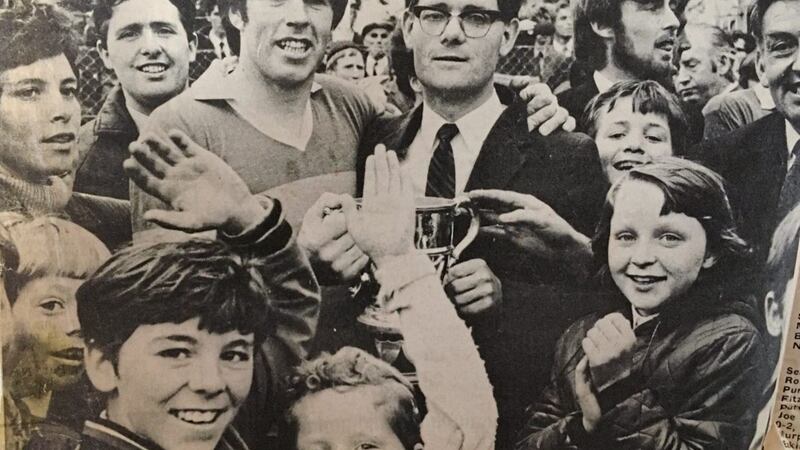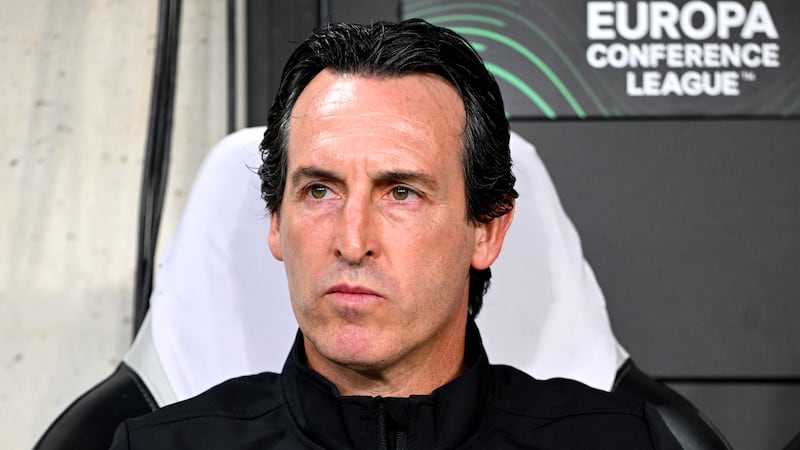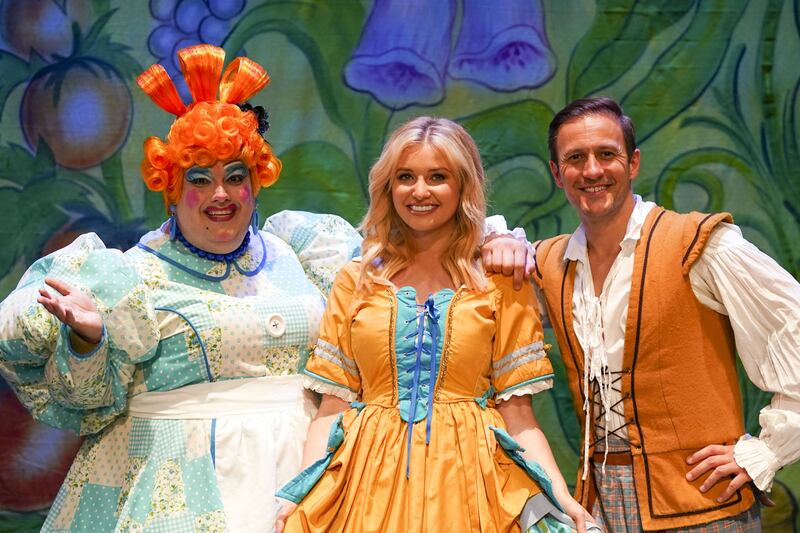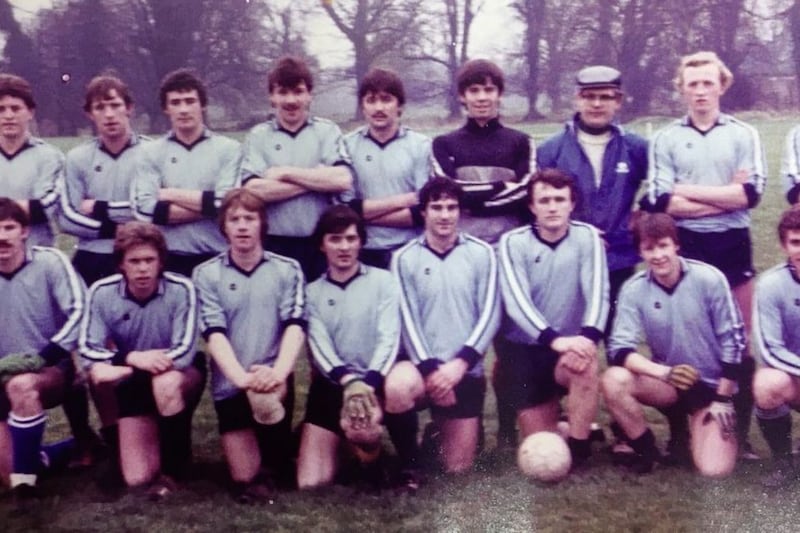DURING my 46 years on this earthly soil I’ve been blessed to come under the orbit of some great teachers, coaches and managers.
None was better or more inspiring than Sean Smith who died earlier this year.
I played under Sean on the Jordanstown Freshers team that won the All-Ireland title in 1993. (Sean took various Jordanstown teams to nine finals and won all nine of them).
This column is not going to be an elegy to Sean Smith. No. My mission here is different.
By the time you have finished this article, I just want you to know with complete certainty that Sean Smith was an exceptional football manager who was light years ahead of his time.
I will prove this to you with plain, old simple facts.
The Blanket Defence
The back pitch at Jordanstown. 1992.
It’s one of our first games with Sean. Coming up to half-time, we are leading by a few points, but we get a man sent off.
At half-time, Sean asks us if we know what to do when playing with 14-men.
None of us has a clue. In about five minutes, he outlines our tactics for the second half with basic language that everyone understands.
When we don’t have possession, the midfield and the half-forward line will retreat inside our own half.
We will clog up the central channel. If we don’t concede goals, we will win.
If the opposition go to the wings, we will not chase them. We will hold our positions.
If they want to shoot from the wings, we will let them.
As Sean explained: “They might score one or two but they’ll start missing. And when they start missing, they’ll lose heart.”
So that’s what we did, and it worked, exactly as Sean said it would.
In fact it worked so well I often wondered afterwards why teams didn’t just play like that all the time.
About two decades later – they did.
Moneyball
In 2004, a book called Moneyball led to a global revolution in how team sports are analysed.
Moneyball shone a light on the major failings of big money baseball teams.
Chief among these flaws is that fact that coaches are often quite literally blinded by beauty.
Their admiration for a player’s style, elegance and yes, good looks, blinds them to the fact that he’s not actually doing that much.
On that Jordanstown Freshers team, we were in awe of one particular prodigy who just seemed to have it all.
Not only was he tall, strong, two-footed, fast, accurate and skilful – he looked like a movie-star as well.
In an early season challenge game our High School quarter-back seemed to confirm his legendary status after he took possession inside his own half, soloed half the length of the pitch and casually knocked the ball over the bar.
I felt more like a fan than a team-mate. At least I did until Sean spoke to us at half-time.
During the break Sean gently pointed out that our star’s incredible solo-effort was actually the only thing he had done in the first half.
Urging this ultra-talented player to get more involved, he pointed to our nippy corner-forward who was adept at winning lots and lots of frees.
“The points we get from the free-kicks he wins are exactly the same value as the point you scored,” said Sean.
That way of analysing a football match completely floored me.
But it was just Moneyball – which floored the world when it was published more than a decade later.
By the time we started the second half, I was no longer in awe of our super star. I was completely in awe of Sean Smith.
Stats-Based Training
I have a pathological hatred of footballers who don’t run to the cones during drills. The players who cheats in training will cheat on his team.
By cheating, I mean he will not give everything he has for the team effort.
Sean Smith also had no time for lazy, dishonest footballers and he had his own polite, clinical way of flushing out the bluffers.
A lot of Sean’s training drills were done against the clock.
He would have loved satellite technology.
For one particular passing drill where you had to run almost the full length of the pitch, he was able to tell us the exact time his beloved Bryansford players could do it in.
(He took Bryanford out of junior football, guiding them to three Down Championships (1969, 1970 and 1971) and two Ulster titles (1969 and 1970).
Also with Sean, there was no screaming or histrionics.
He just stood with his stopwatch and called out the times. The clock weeded out the chaff.
Please understand this is only a highlights reel.
Nowadays, good strength-and-conditioning programmes will all contain a power-based component.
Resistance-based running with a sled or a prowler is now standard practice.
Sean had grasped the benefits of power training and was doing it when no-one else had even heard of it. He used harnesses.
Again, he wasn’t years ahead, he was decades ahead of his time.
He was also a great man manager. Without ever raising his voice, you would have run through a wall for him.
Before we played Queen’s in the All-Ireland final, I was given the job of marking their best player. I was nervous.
As I walked out of the changing room, Sean pulled me aside.
Looking at me directly, he said: “This guy is a good footballer, but you are a better athlete than him and you can do this.”
By that stage, I was a Sean Smith disciple. I could have marked two players that day.
We won. It was Sean’s last game as a manager.
Sean was 88 when he passed away on February 5 of this year.
In the excellent article written about him in this newspaper by Andy Watters, several of his former players paid fitting tributes to a man they clearly loved.
To the Bryansford full-back, Oliver Burns who Sean taught as a nine-year-old at Burrenreagh Primary School he was and always will be, ‘The Master’.
Ross Carr described him as a “wonderful human being”.
Master tactician. Master coach. Master manager.
And a wonderful human being. I couldn’t agree more.






